For many retailers, returns used to be a marker of trust, a brand promise that "you can always bring it back." Today, that promise has transformed into one of the most pressing operational and financial risks in the retail industry, demanding immediate attention and action.
Return and refund abuse is now a strategic issue that keeps retail executives awake at night. What was once a minor loss category has evolved into a highly sophisticated, multi-channel fraud ecosystem that combines consumer psychology, supply chain complexity, and digital anonymity, presenting a complex challenge.
The numbers are staggering. The National Retail Federation reports that U.S. retailers lost more than $100 billion to fraudulent or abusive returns in 2024, with roughly 15 percent of all returns classified as fraudulent. Even legitimate returns cost retailers an average of 27 percent of the item's value once logistics, restocking, and processing are factored in. Multiply that by millions of transactions, and what was once a "cost of doing business" is now a direct and significant threat to profitability.
The Anatomy of Modern Return Fraud
This is not one form of deception but an entire taxonomy of abuse:
- Wardrobing and Serial Returning: Customers purchase high-value apparel or electronics for short-term use, then return them as "unused." A recent industry study found nearly 70 percent of shoppers admit to doing this at least once.
- Policy Manipulation: Fraudsters exploit lenient return policies by switching barcodes, reusing receipts, or returning counterfeit goods.
- Refund Scams and Empty-Box Returns: Returns containing substituted or no items are increasingly common in online channels.
- Cross-Channel Exploits: The "Buy Online, Return In-Store" approach has introduced new blind spots where systems fail to reconcile digital and physical validation in real-time.
The acceleration of e-commerce has only magnified these risks. More than half of all return dollars now originate online, where identity verification is weaker and manual review is impractical at scale. Retailers face the paradox of trying to deliver frictionless, customer-friendly experiences while being exploited by a small but costly subset of bad actors.
What the Research Says
Return abuse is no longer an operations problem; it's a data and decision problem.
According to the 2025 NRF and Appriss Retail study, refund fraud remains one of the most significant sources of margin erosion in the U.S. retail industry. Nearly 93 percent of retailers surveyed identified return fraud and policy abuse as a top threat. While 81 percent report implementing deterrence measures, such as restocking fees or account blocklisting, most admit their controls are reactive, applied after losses occur, rather than before.
The NRF notes that "fraudulent and abusive return practices create both logistical and financial challenges for retailers," adding that AI-driven tools are rapidly becoming the differentiator between retailers that control fraud and those that simply absorb it.
Yet adoption remains uneven: LexisNexis reports that 41 percent of merchants still rely on manual fraud review processes, leaving billions of dollars exposed to systemic abuse.
Executives now face a critical challenge: balancing the protection of the brand promise with the safeguarding of the bottom line. This calls for a fresh perspective and innovative solutions.
The Strategic Opportunity
The real opportunity lies not in stricter policies, but in more intelligent decision-making.
Imagine a returns process that evaluates every refund request with the same rigor as a credit risk decision in real time, informed by data, and transparent enough to explain why.
Such a system would weigh dozens of signals simultaneously: customer tenure, item value, historical return patterns, SKU risk, behavioral indicators, and even device fingerprints. It would then decide whether to approve instantly, route for review, or deny all while preserving a seamless customer experience.
This is the frontier of intelligent fraud management.
Adopting this approach can transform the reactive stance of 'finding the fraud after it happens' to a proactive one of 'preventing it before it impacts margin'. It also enables personalized policy decisions, streamlining approvals for trusted customers while directing human effort where the risk is most significant.
Technology That Simplifies the Complexity
Behind the scenes, platforms like SAS Fraud Management, powered by SAS Intelligent Decisioning, make a measurable difference.
Rather than building rigid rule engines or stand-alone analytics, these solutions provide a decision orchestration layer; one that fuses data, machine learning, and business policy into a single, governed process.
SAS Fraud Management allows retailers to:
- Ingest and unify data from POS, e-commerce, CRM, and returns systems in real time.
- Score transactions using predictive and behavioral models that learn from historical abuse.
- Apply tiered business rules, for example, automatically approve low-risk refunds under a threshold, while flagging unusual patterns for human review.
- Deploy decisions as APIs that integrate seamlessly with existing retail systems.
- Audit and explain every outcome to ensure compliance and transparency across the enterprise.
It transforms returns from a manual judgment into an automated, explainable decision, one that is consistent across every store, every channel, and every customer interaction.
How SureStep Enables the Transformation
Technology alone doesn't solve the problem; architecture does.
SureStep partners with leading retailers to design and implement end-to-end fraud decisioning ecosystems. We act as the bridge between technology and strategy: aligning data sources, defining decision logic, and operationalizing fraud controls within business workflows.
Our teams specialize in:
- Data Integration and Engineering: Consolidating fragmented data across legacy POS, ERP, and digital platforms.
- Model Development and Tuning: Building predictive models that evolve with customer behavior and fraud tactics.
- Decision Flow Design: Structuring layered logic that unites business policy and analytics under a single governance model.
- Deployment and Automation: Enabling near real-time decision APIs for refund authorization, dispute handling, and return risk scoring.
- Continuous Optimization: Monitoring performance metrics and recalibrating thresholds to maintain a balance between customer experience and fraud containment.
In short, SureStep helps you move from rule-based reaction to intelligent prevention.
We don't just integrate a platform; we architect a capability, one that gives retailers command over their returns, visibility into their risks, and confidence in every decision.
Turning Returns into a Competitive Advantage
Return and refund fraud will continue to evolve. But so can your defenses. By bringing intelligence into the return lifecycle, retailers can convert what has long been a margin drain into a controlled, data-driven process that reinforces trust. With the proper fraud management foundation, powered by SAS technology and delivered by SureStep, retailers can reclaim control of the return counter, protect profitability, and provide the frictionless experiences customers expect.
Because in modern retail, every decision counts. And the smartest ones protect both the customer and the bottom line.











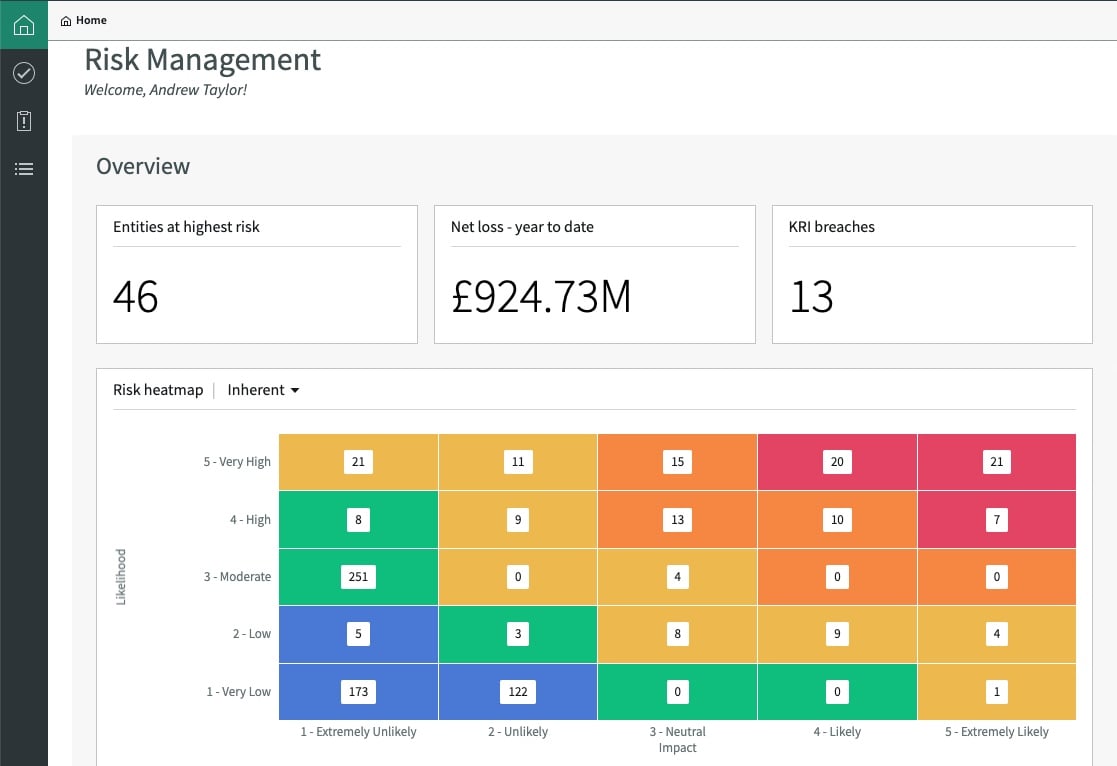






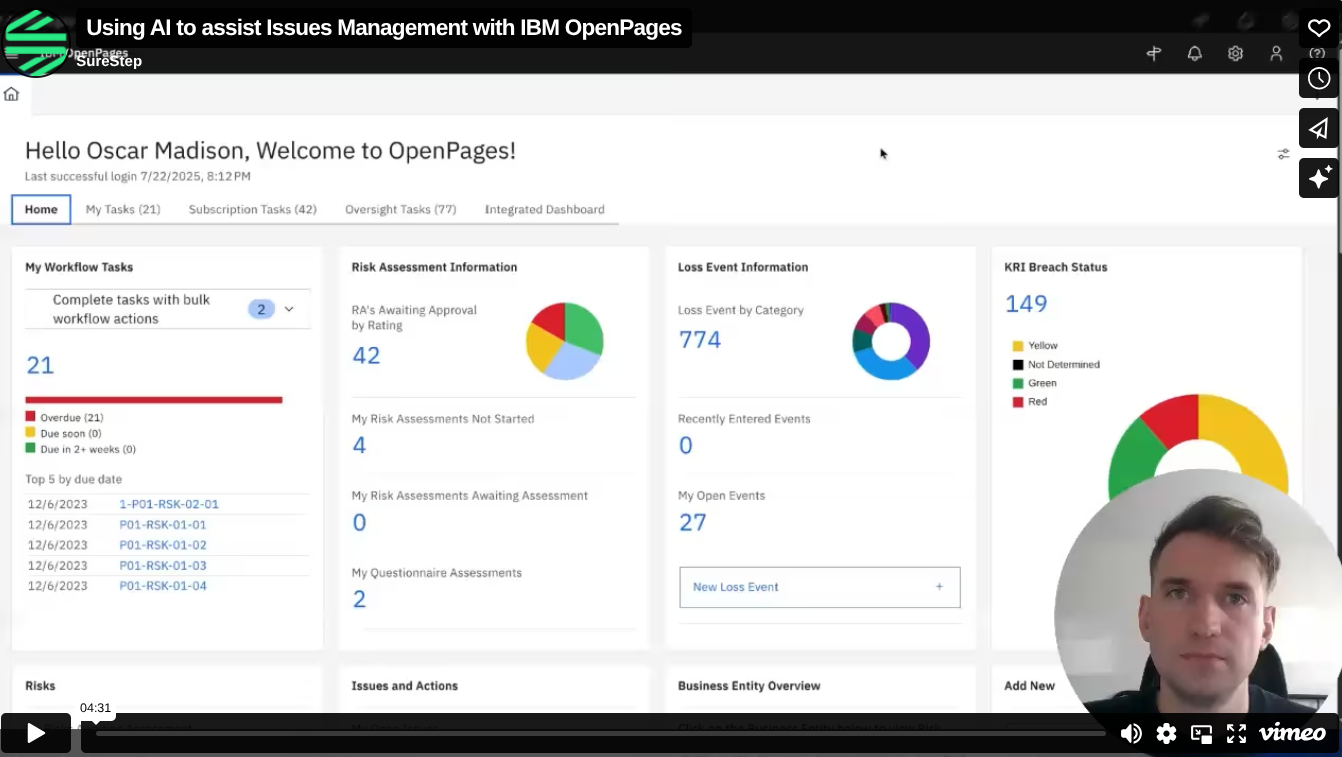
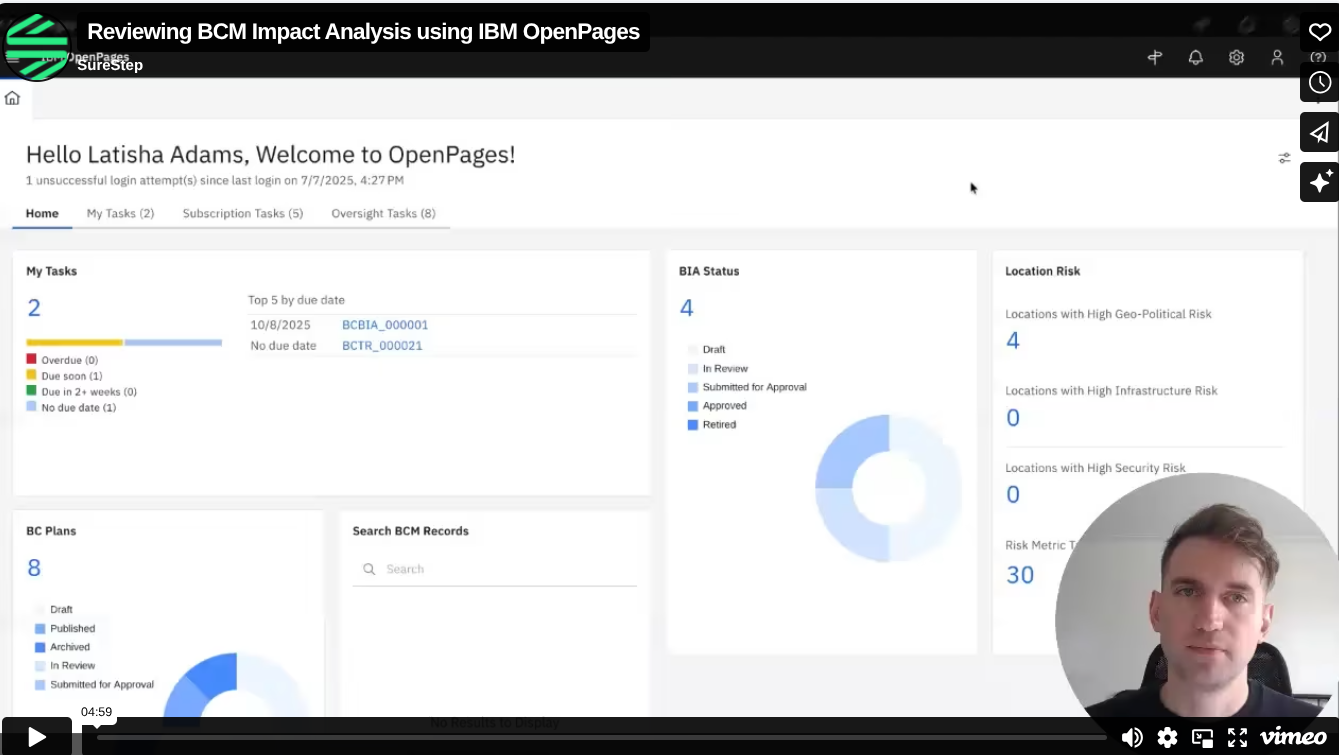






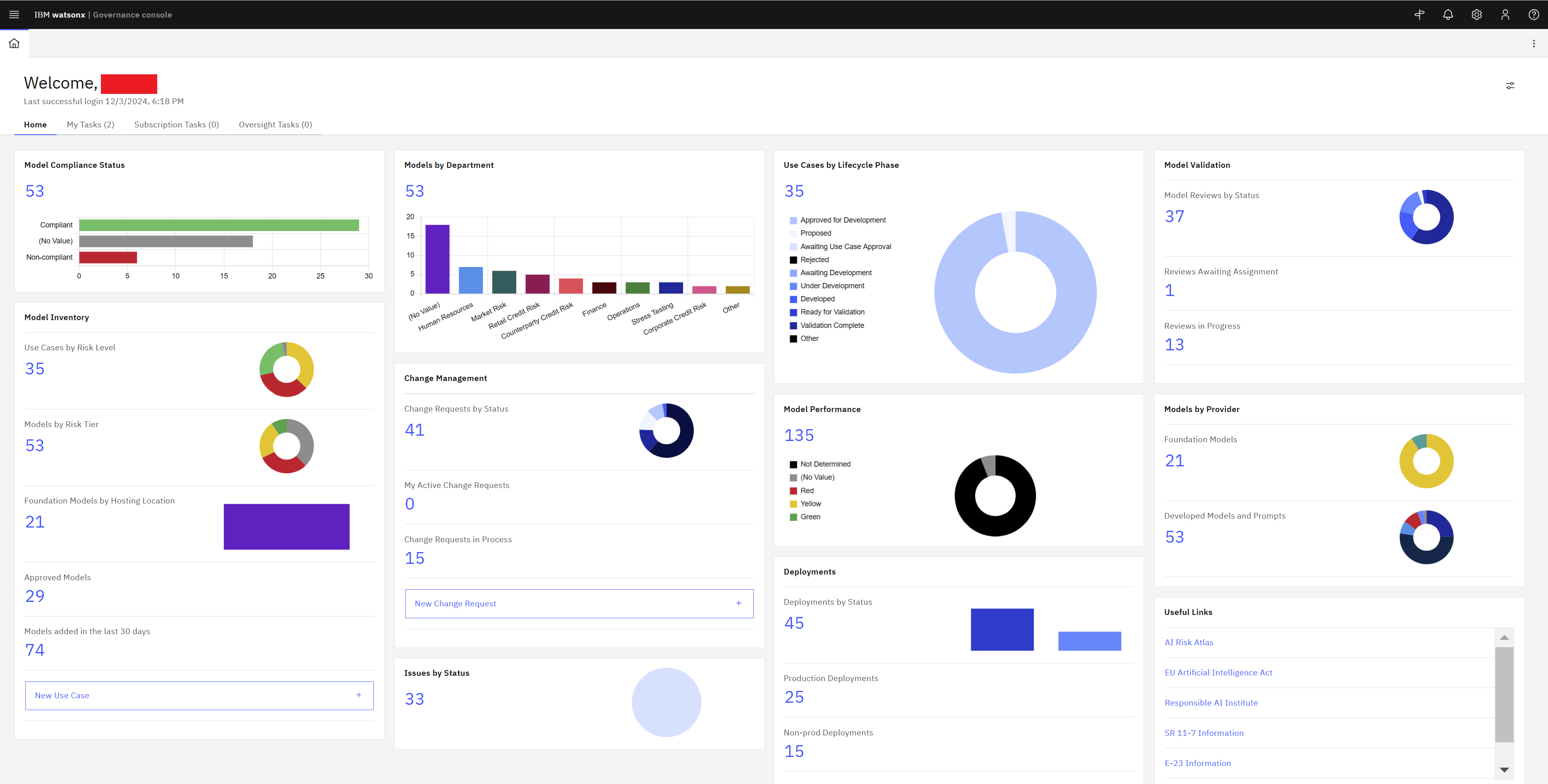

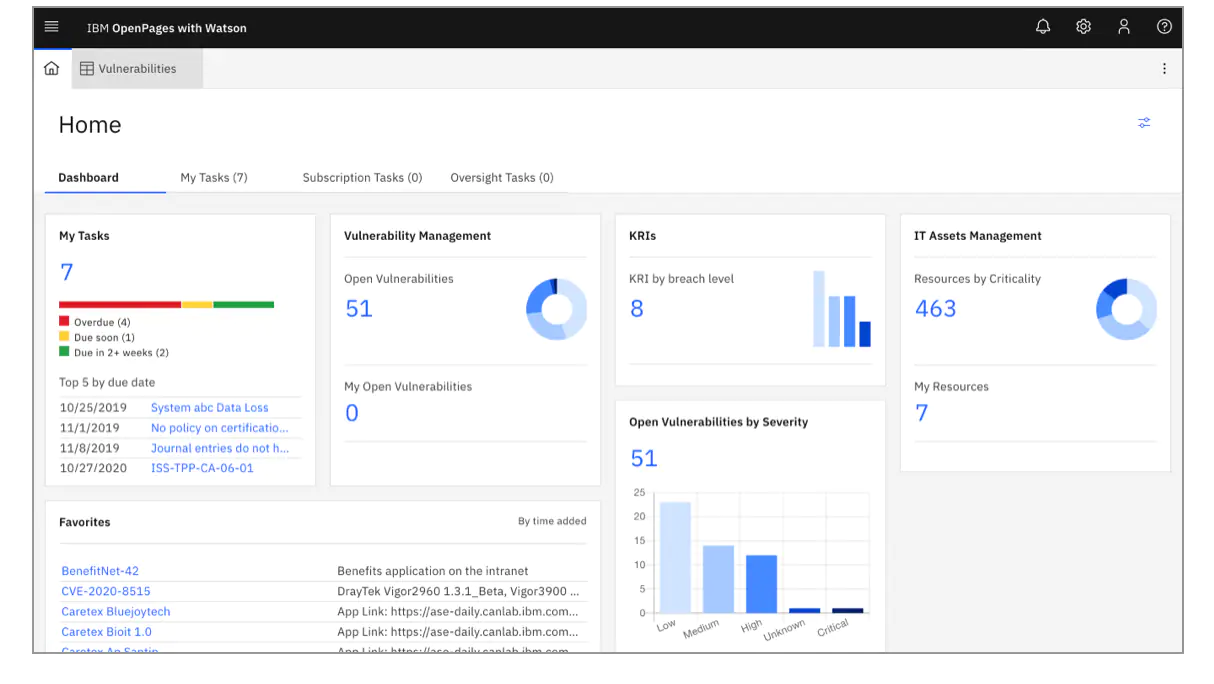
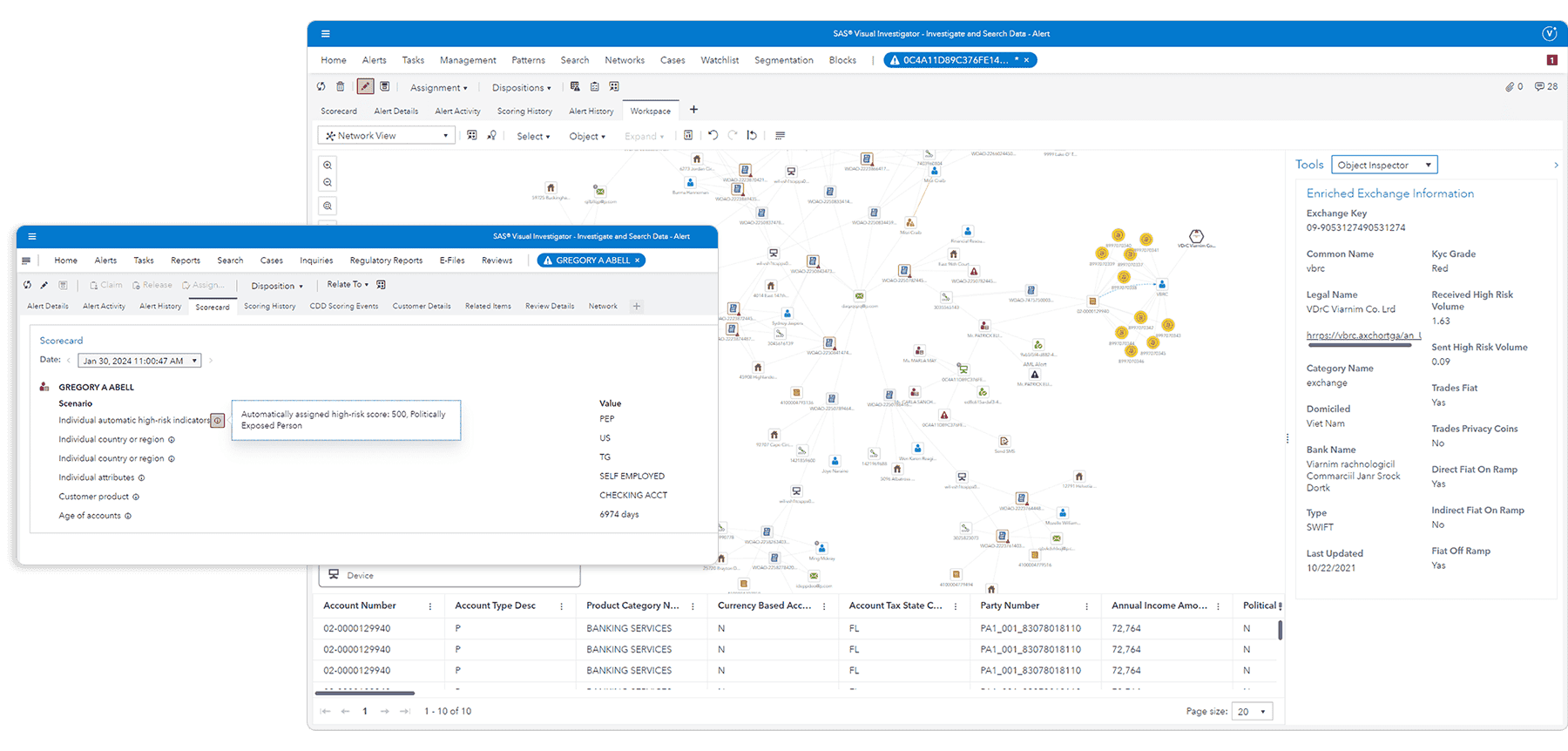







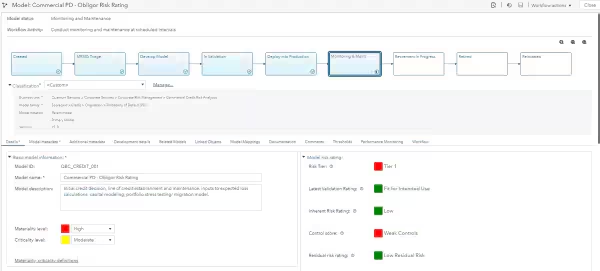









.webp)

-1.jpg)










.jpg)



























.jpeg)







